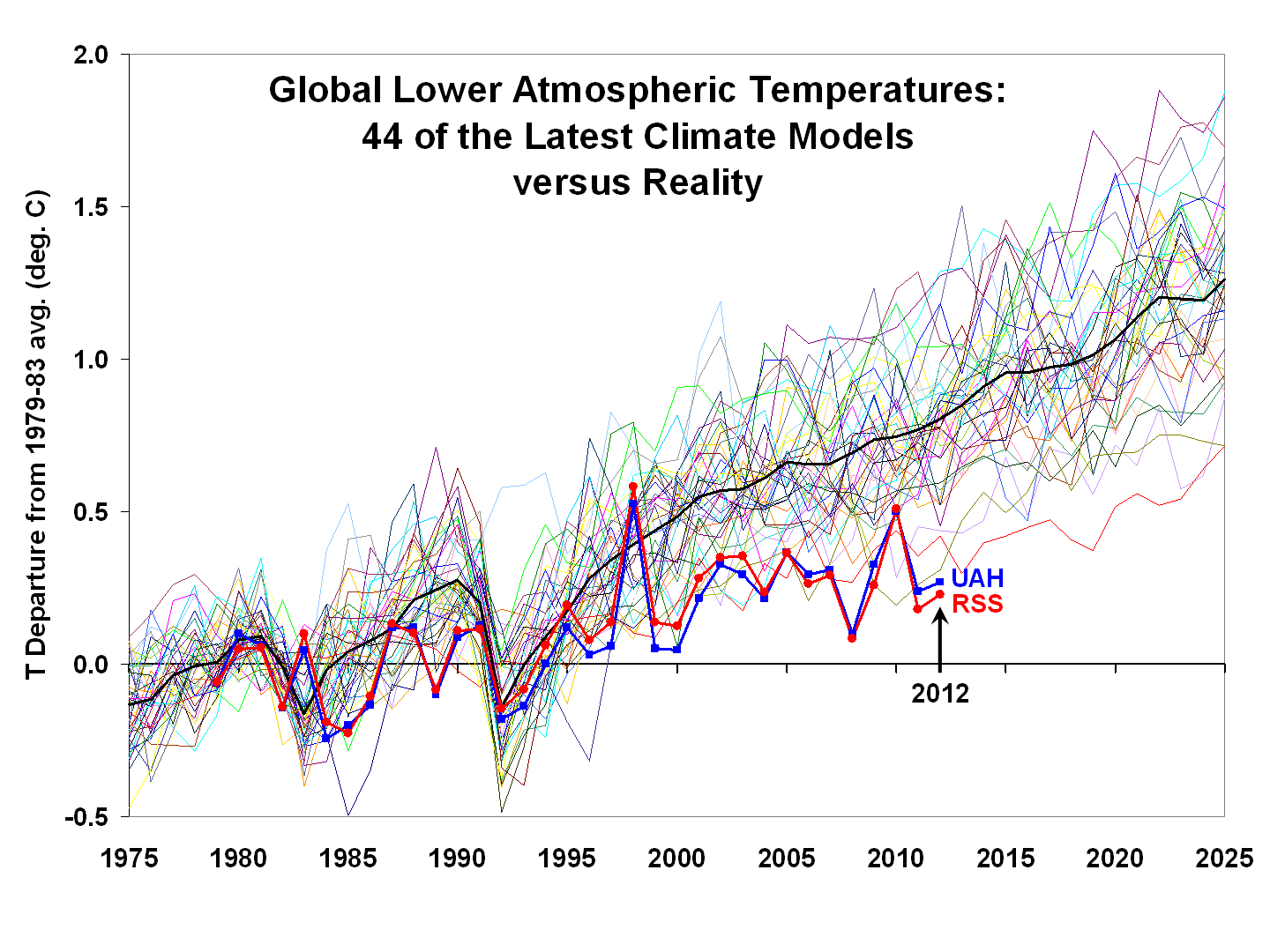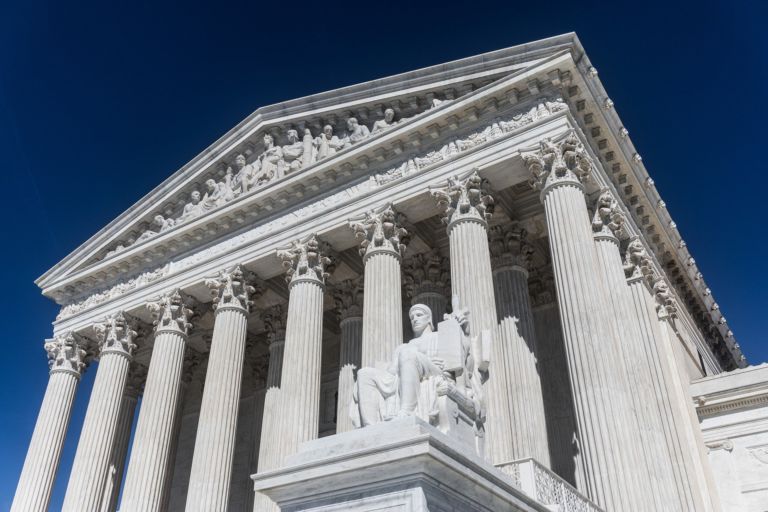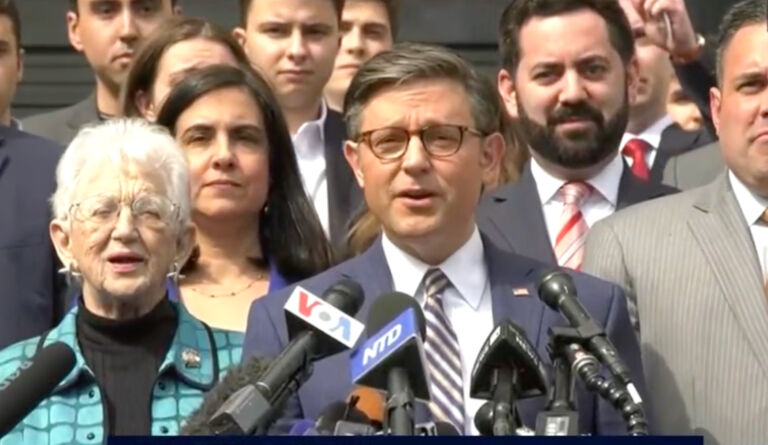Weekly John Locke Foundation research division newsletter focusing on environmental issues.
This newsletter highlights relevant analysis done by the JLF and other think tanks as well as items in the news.
1. Projected climate vs. real climate
For decades now we have been barraged with the results of climate models that project future global warming. They all have been telling us the same thing — global temperatures will continue to rise over time as far as the eye can see.
Climatologist Dr. Roy Spencer from the University of Alabama at Huntsville has decided to go back in time, look at the predictions of these models and compare them to reality, using actual satellite measurements of global temperatures. The results are quite revealing. The models, 44 of them, have on average way over predicted reality and haven’t come close to projecting the standstill in warming that has occurred over the past 15 years. This is clear from the graph below.

As Spencer describes it, the graph depicts a "comparison of 44 climate models versus the UAH and RSS satellite observations for global lower tropospheric temperature variations, for the period 1979-2012 from the satellites, and for 1975-2025 for the models… Clearly, there is increasing divergence over the years between the satellite observations (UAH, RSS) and the models."
On his blog, Spencer gives three possible reasons for the models’ poor performance when judged against reality. His personal pick is that "the real climate system is not as sensitive to increasing CO2 as the models are programmed to be." And concludes that if he is right then "we will continue to see little warming into the future."
2. Will the real climate deniers please stand up
For many years now global warming alarmists have taken to demagogically calling their opponents in the more skeptical community "climate change deniers," implying that they are somehow like Holocaust deniers in ignoring what is obvious and apparent to everyone. Recently in the Washington Times, University of Oklahoma geophysicist David Deming turns the tables on the alarmist crowd. He points out that while none of the predictions made by global warming alarmists are in fact reality (see previous story) they continue to "deny" reality and pretend that the evidence is something that it is not. Here are the facts that the real climate change deniers continue to pretend does not exist:
There has been no increase in mean global temperature for 15 years. Drought is not increasing, nor are wildfires. Tornadoes are not increasing in frequency or intensity. Routine hurricanes such as Sandy and Katrina have been offered as evidence of climate change, but worldwide hurricane activity is near a 40-year low. Over the past 20 years, sea level has risen by about 5 centimeters an ominous trend unless you’re aware that since the end of the last Ice Age, global sea level has risen 120 meters.
At the end of March, the areal extent of sea ice in the Arctic was 3 percent below the 30-year average. Sea ice in the Antarctic, however, was elevated 24 percent. Global sea ice was above the 30-year mean and higher than it was in March 1980. Only the naive can be so logical as to reason that "global" warming, or lack thereof, should be evaluated in terms of "global" conditions rather than local. A study published in Nature Geoscience on March 31 concluded that the increase of Antarctic sea ice is caused by you guessed it global warming.
3. Ozone Report of 2013
The 2013 ozone season began on April 1 and, as in the past, each week during the ozone — often called smog — season this newsletter will report how many, if any, high ozone days have been experienced throughout the state during the previous week, where they were experienced, and how many have been recorded during the entire season to date. According to current EPA standards a region or county experiences a high ozone day if a monitor in that area registers the amount of ozone in the air as 76 parts per billion (ppb) or greater. The official ozone season will end on October 31. All reported data is preliminary and issued by the North Carolina Division of Air Quality, which is part of the state’s Department of Environment and Natural Resources. During the period from April 29 to May 5 there were no high ozone days recorded on any of the state’s monitors.
The table below shows all of North Carolina’s ozone monitors and the high reading on those monitors for each day of the 7-day period April 29 to May 5.

Click here for the Environmental Update archive.


